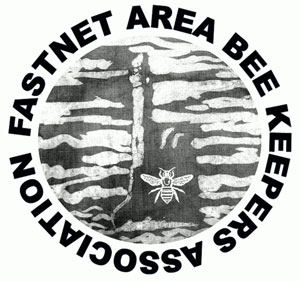The hive, in this context, is where we keep the colonies safe and convenient for the bees and the beekeeper alike.
There are several hive types for you to look up and choose. Maybe you’d prefer wooden hives or maybe you’d prefer polystyrene hives? Maybe you’d prefer the National hive or maybe you’d prefer the slightly bigger Commercial? By being part of an association you will get the chance to work with different models and choose what suits you best. The initial outlay will cost, so it is best to purchase the hive most suitable for you. The hive itself is arranged to provide a floor, a brood box at the bottom, and more boxes on top called supers. This is all covered by a roof.
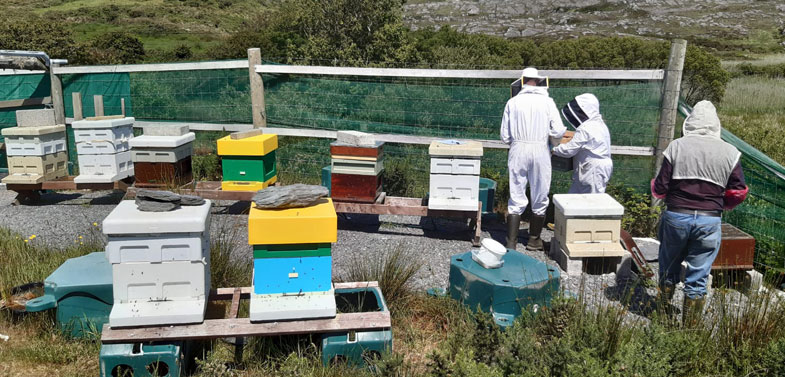
The Queen, Workers & Drones
The Queen is a very important occupant because she is the only female that is fertile and, once mated, is able to lay eggs. She also secretes a ‘harmony’ pheromone that keeps the colony happy and productive whilst she is healthy and strong. The queen lays around 2000 eggs a day when the colony is in full development and most of these eggs are fertilised and go on to be her worker daughters. The queen also lays unfertilised eggs which produce her sons, called drones. So now we have the full complement of the occupants of the hive:
- A Queen (Female)
- Workers (Female, but infertile)
- Drones (Male)
Despite her regal status, queenie is not a royal ruler, as the colony acts as a social unit where the workers make the decisions for the longer-term survival of the hive.
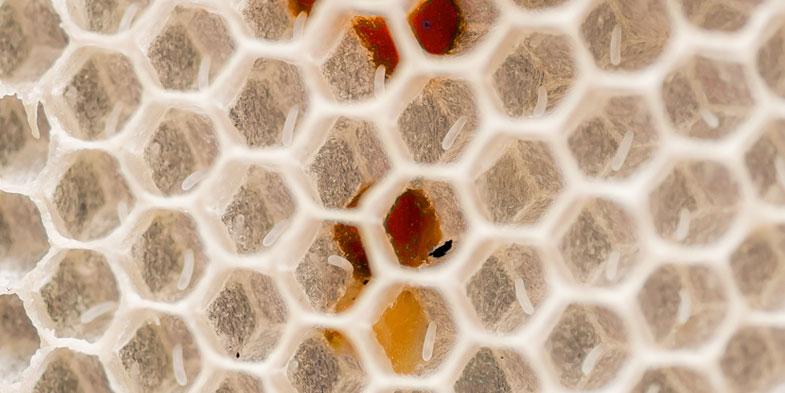
Different Roles
The queen does the laying, workers do everything else, and the drones’ main purpose is to grow and go out and mate new virgin queens and pass on their genes aiding genetic diversity. Any drones that don’t mate are eventually starved of food from the hive and thrown out to die at the end of the season by the workers.
Pests & Diseases
Unfortunately, there can also be unwanted lodgers in the hive. These are the harmful ones, because they are either the disease or the vectors of disease. Nobody, or at least very few, enjoys the disease topic, but gaining knowledge and being able to identify unusual signs and symptoms in the hive is of paramount importance. You have probably heard the name Varroa, which is an ongoing problem for the bees and the beekeeper. These are miniature crab-like creatures that feed off the bees and use the larvae cells as their incubators to produce more offspring which develop and go on to weaken the colony leading to eventual demise. It is essential that the beekeeper knows how to manage this awful disease and other diseases that bees are susceptible to.
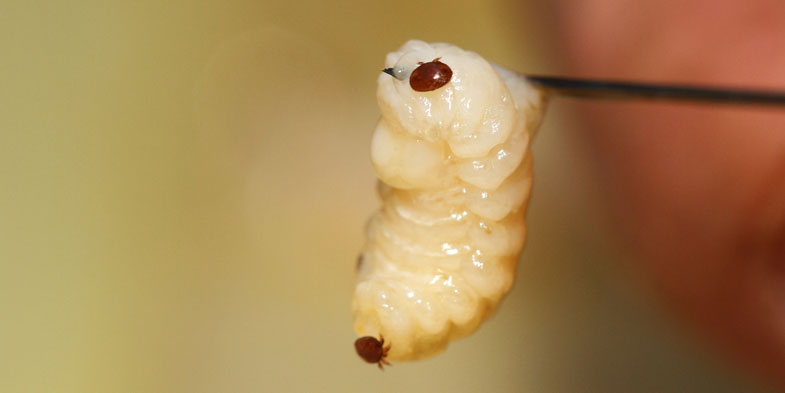
Worker Jobs
The worker bees, as the name implies, do all the major work in the hive and the working roles are usually age-related to her. The newly emerged worker bee, who is female but infertile, starts working immediately. Her duties begin with cleaning and she progresses up the ‘ladder’ from there to feeding larvae, nursing, feeding the queen and drones, ventilating the hive, maintaining temperature control, making wax, building comb, guarding the hive against predators (the beekeeper being one of these!), and the very important task of foraging for nectar, pollen, water and propolis.
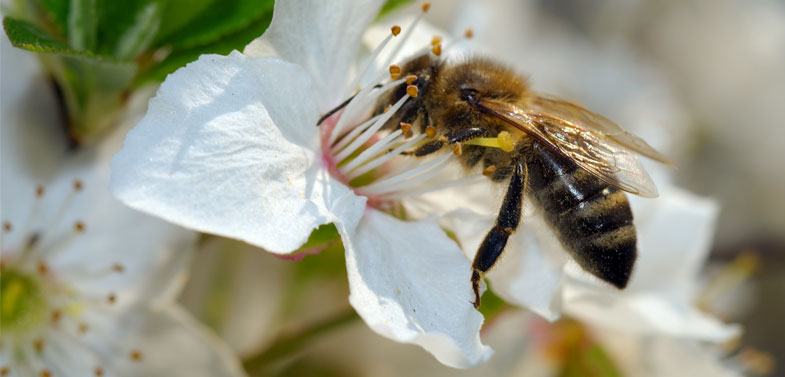
A Wonder of Nature
Bee colonies are a wonder of nature and wonderfully fascinating. The workers work themselves to death in their short lives (approximately 6> weeks) in the foraging season and still manage to pass on the work ethic to their remaining sisters who can live through the winter for about 6 months, so the next generation has progeny to build up the following year. It really is marvellous.
Learning about the occupants of the hive invokes learning about the components of the hive and the importance of learning how to recognise, test and treat for diseases and the importance of hygiene in all your activities as a beekeeper and not ‘a keeper of bees’ which is not advisable. We need to know what we are doing and have a network, e.g., being part of an association or maybe even befriending an experienced beekeeper who will be only too happy to share his/her expertise.
Our eventual aim is to be proficient and competent in managing these wonderful creatures and learning how to work, care and protect them and the natural environment.
